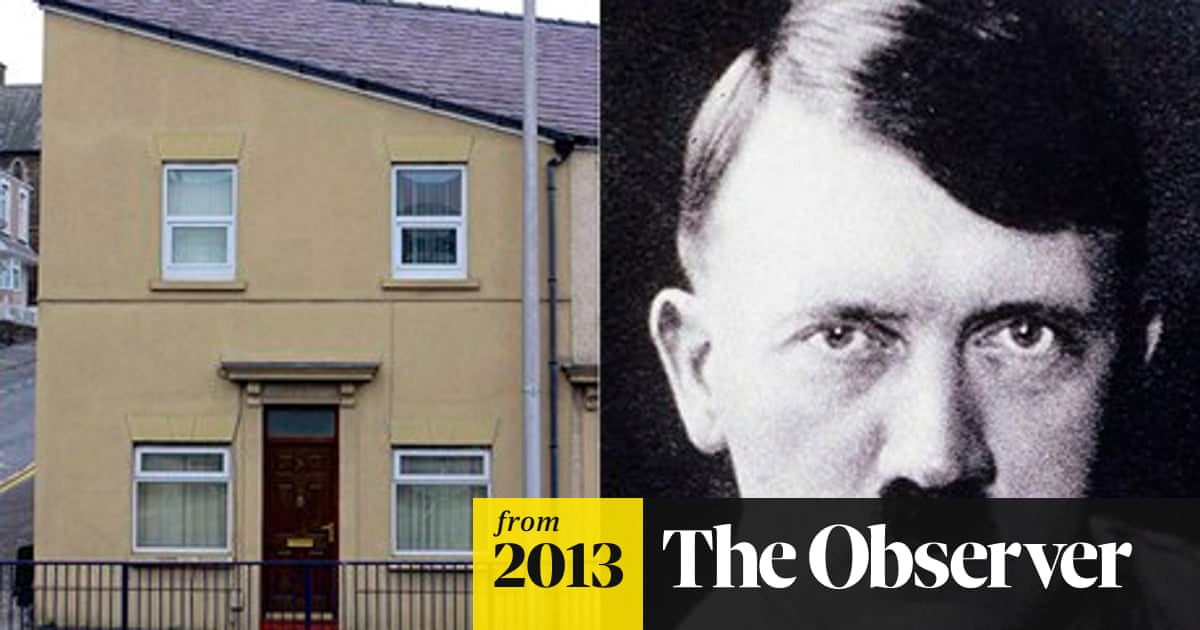The Latvian psychologist Konstantins Raudive spent the summer of 1965 trying to contact the dead. Every day, with careful precision, he would take a new reel of recording tape from its box, thread the tape through the rollers of the recorder and set up the microphone next to a mistuned radio. The static hush was saved on to the recorder and he would spend hours reviewing the audio, listening for the quiet whisper of the deceased.
But the dead were frustratingly shy. Despite his technical skills and linguistic abilities he heard nothing except the fuzz and pop of the radio for months on end. But slowly, with time and attention, words began to form. "It takes at least three months for the ear to adjust itself," Raudive wrote later. "To begin with, though [the ear] may hear speech-like noises, it cannot differentiate the words, let alone understand what they mean."
He amplified and re-recorded his samples to help him find meaningful sounds and gradually the spirits seemed more present. When Raudive summoned an old girlfriend from Scotland who had since passed away, she seemed to reply: "All sait dein, Aileen" using a single word from English, French and German to say: "Your Aileen knows all" (except, it would seem, the consistent use of grammar). Even stranger was that the spirits often spoke in languages they had never known in life. Raudive's mother, a firmly Latvian woman by all accounts, seemed to speak in mixed Spanish, Italian, Swedish, German, standard Latvian and her own dialect.
Although baffling to many of his scientific peers, Raudive eventually published his discoveries in a book that appeared in English as Breakthrough. It was a massive success and the media lined up to listen to the "electronic voice phenomena". The results were somewhat mixed. When the BBC science programme Tomorrow's World turned up to film Raudive in action, only the odd indistinct word could be made out. They left, unimpressed.
A Cambridge parapsychologist, David Ellis, studied Raudive's attempts to contact the dead but all the evidence pointed to the impressions having been formed by the listeners. Later, psychologist Imants Barušs attempted to listen for ghostly words using Raudive's methods under laboratory conditions but few could be found and, when they were, every listener seemed to hear something different.
Rather than discovering a form of communication with the dead, Raudive had inadvertently rediscovered the remarkable human talent for perceiving meaning where there is none. Known as apophenia or pareidolia, it is something we all experience to some degree. We see faces in the clouds and animals in rock formations. We mishear our name being called in crowds and think our mobile phones are vibrating when it turns out to be nothing but the normal sensations of our own movement.

In many ways, this tendency is the basic ingredient of hallucination and it is present to a much stronger degree in people who have frank and striking hallucinations, most notably as part of the range of experiences that can accompany a diagnosis of schizophrenia. A classic study by Sanford Mintz and Murray Alpert found that more than 80% of psychiatric patients who experienced hallucinations falsely perceived the sound of Bing Crosby's White Christmas when asked to listen for it amid the sound of static. Those who think that people with schizophrenia are "out of touch with reality" may be surprised to hear that 40% of the healthy participants in the study heard the music. The music was used a decade earlier in one of the first ever lab studies on hallucinations in everyday people. The same approach has been used many times since, making Bing Crosby the most hallucinated man in science.
Recently, the concept has been turned into a test to help detect hallucinations in people with degenerative brain disorders. Dementia is usually a disease of old age where the brain declines quicker than would be expected from normal ageing. It can lead to confusion and, in some cases, hallucinations, but because of its impact on thinking and communication, just asking people if they are "seeing things" is not always possible. A team from Tohoku University in Japan created a series of ambiguous photos including things such as birds in curious formations and shadows that scatter across the floor. They found that the number of false perceptions seen in the photos could distinguish between patients with Lewy body dementia, a type known to cause a high level of hallucinations, and Alzheimer's disease.
Less clinically, the Swiss neuroscientist Peter Brugger has discovered that this tendency is raised in people who have greater numbers of supernatural beliefs and experiences but aren't unwell in any sense of the word. With increased apophenia, perhaps, the world just seems more imbued with meaning.
Raudive dismissed psychological explanations for the "messages" he found and instead was steadfast in his belief that they were the voices of the dead. Towards the end of his life, he began to investigate a budgerigar called Putzi, which he believed was transmitting spirit voices through its birdsong, unintentionally demonstrating apophenia in a particularly striking form. Raudive died in 1974 but, rather appropriately, he still appears, to his followers, in the hiss and static of their amplified recordings.



